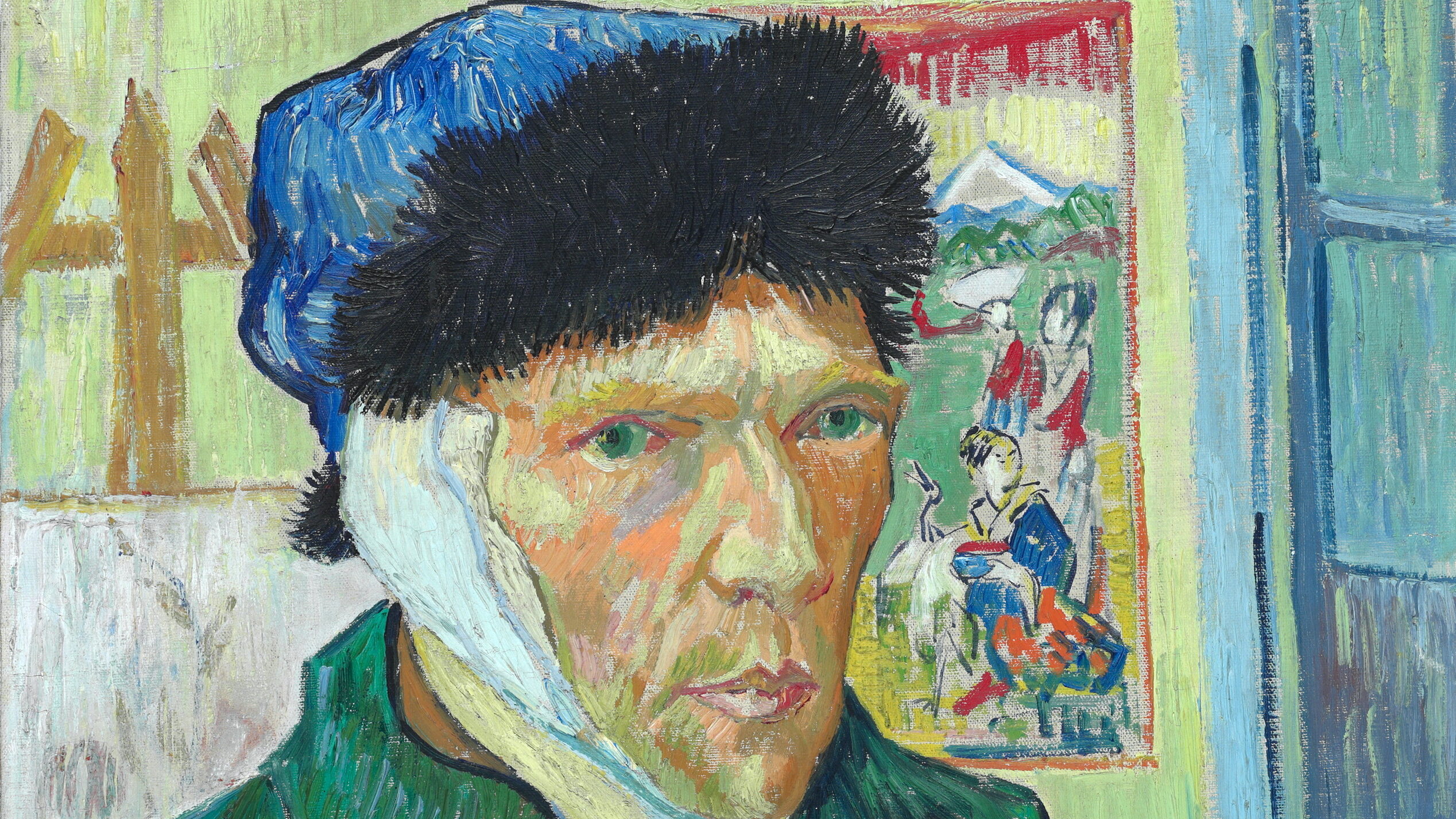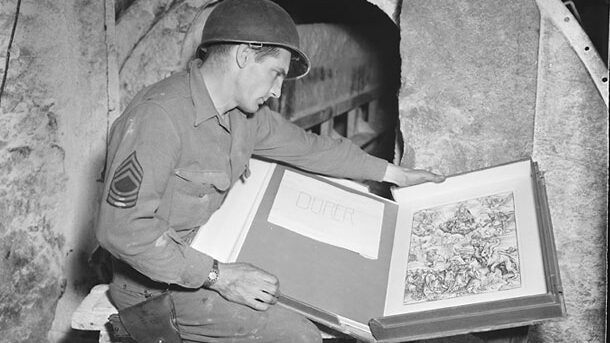Showcasing Art History
Season 2021-22
As the programme name implies, the series aims to share the latest art-historical thinking, and The Courtauld’s excellence in teaching and research, with the wider public. The lectures are open to everyone over the age of 18, aim for a lively delivery and are given by members of the faculty, by associates and alumni of The Courtauld, and by other eminent scholars.
Autumn term 2021
Liberator, Despot, (fallen) Hero: Napoleon Bonaparte and the Visual Arts
5 October – 7 December 2021
2021 marks the bicentenary of the death of Napoleon Bonaparte, whose immense legacy and problematic balance-sheet of achievements and atrocities continues to spark scholarly debate and divide opinion. The global ambitions of his empire led to some twelve years of near-continuous warfare, and left an estimated two and half million dead on the battlefields of Europe, the Americas, and at sea. The Napoleonic wars redrew the maps and re-balanced the powers of Europe, abolished what had remained of feudalism, diffused ‘enlightened’ ideas, and prompted the development of both sympathetic and opposing national identities within the conquered territories.
This ten-week term of lectures focuses on the significant and varied impact of Napoleon’s reign on the visual arts. Our lecturers will consider Napoleon’s employment of leading artists in the production of an evolving range of mythologising and propagandistic images of himself, from his time as a young general to the latter days of his Imperial rule, and of the French state. Such imagery by Jacques-Louis David, Antoine-Jean Gros, François Gérard, Anne-Louis Girodet, Jean-Auguste-Dominique Ingres and others, fascinated contemporaries at home, and, in tandem with the widely disseminated idealising Empire style, influenced admirers and emulators abroad, Britain’s George IV among them.
At the same time, the invasion of foreign territories, the removal of established ruling dynasties, and the atrocities of war also provoked fierce artistic resistance, and we shall look at the work of Francisco Goya in particular in this respect. The eventual decline and fall of Napoleon’s glittering reign, from 1812 onwards, brought a period of disarray for some, notably David, who had immortalised his rise and triumph, and drew discordant responses from a younger generation of artists, a few of whom accommodated the conservatism of the Restoration, while others (quintessential ‘Romantics’) yearned for the perceived heroism of the Napoleonic epoch.
Earlier, Napoleon’s military forays into Egypt in the late 1790s had encouraged ground-breaking archaeological researches on the one hand, and contributed to the burgeoning culture of ‘Orientalist’ narratives and imagery on the other. The successive Revolutionary and Napoleonic periods also seriously disrupted the established mechanisms of local European art markets, bringing to the fore new emporia and classes of patrons, and innovative research and sales practices that contributed to the development of an international art trade in the modern sense.
In a related development, the unprecedented scale of the ‘acquisition’ of canonical antiquities and old masters during the Napoleonic wars marked the beginning of an infamous history of war-time looting, and the inevitable complications of restitution and reparation that ensued. The temporary accumulation of loot in Paris meanwhile resulted in a near-encyclopaedic collection of European masterpieces that transformed the Louvre, then renamed ‘Musée Napoléon’, into the first collection organised on art-historical principles in the world, with wide-ranging implications for Western curatorial practices and for the foundation of European art museums and galleries.
Conducting this term of lectures online allows us to bring together an international panel of leading experts in the field. Our speakers are: Dr Stephanie O’Rourke (University of St Andrews); Professor Katie Hornstein (Dartmouth College); Emily Christensen (The Courtauld); Emily Roy (University of Cambridge), Dr Kate Heard (Royal Collection Trust); Professor Andrew McClellan (Tufts University); Professor Darius A. Spieth (Louisiana State University); Professor Thomas E. Crow (New York University).
Moderator: Dr Anne Puetz (The Courtauld).
Contributing to 2021 Année Napoléon [2021 Year of Napoleon]





